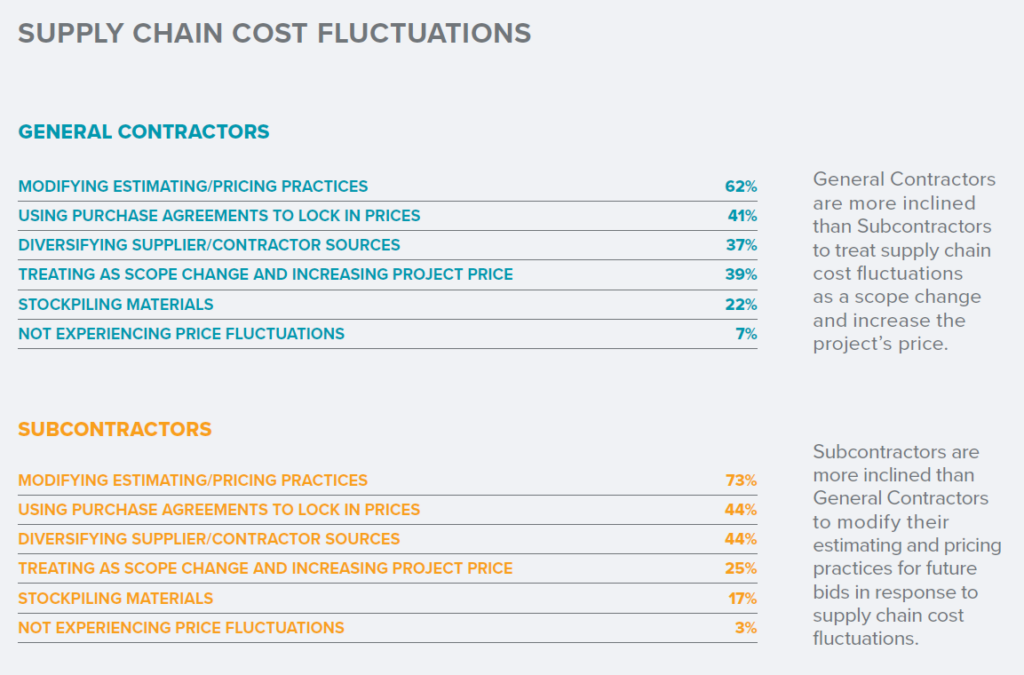The economy, politics and business are fickle things; never static, intertwined and co-dependent, one drastic movement in any of these pillars will inevitably affect the others. About two weeks ago, we were optimistic that the announced Fed interest rate cut would spur construction spending across New York, especially with the MTA’s $68 billion capital plan. But that optimism has been dosed as the International Longshoremen’s Association and the US Maritime Alliance, which represents dozens of East and Gulf Coast ports, could not agree to terms on a new labor contract, sending approximately 45,000 dockworkers on strike and shutting down 36 ports from Maine to Texas.
This event will create major delays and disruptions for everything from food items to auto parts, including construction materials. Experts to predict the biggest impact will be felt by middle-market companies, which is a demographic most construction companies would fall under.
While this is a developing scenario, some broad impacts the construction industry could expect and prepare for are:
- Delayed arrival of imported construction materials and equipment–While this is obvious and a direct impact of this strike, it is important to note that custom materials and/or equipment manufactured overseas for domestic projects could drastically impact completion dates, getting the general contractor and subcontractors paid, and recovering extended general condition costs.
- Increased domestic costs–With imports constrained, the industry could see continued inflation across the United States construction materials market. While the construction industry recently contended with this, we saw that passing costs through to owners and procuring required building materials, leasing, or purchasing heavy equipment was an uphill battle with a direct financial impact.
- Project delays–When any type of material is unavailable, it is nearly impossible to continue construction. This strike could impact projects’ critical paths. The longer required materials are not on the job site, the more costly the financial burden is to everyone.
- Costly alternatives–It is not uncommon in construction to see builders find alternative materials or components to keep critical paths moving forward. However, these alternatives do come at a cost, generally much higher than originally budgeted for. As with much of what was already discussed, alternatives are almost always more expensive, with minimal guarantee of recovery but certainty to impact financial results.
While the circumstances of this potential construction materials and equipment supply chain disruption are different, the industry has been here before and has adapted. According to Grassi’s 2024 Construction Industry Conditions & Outlook report, the industry uses various strategies to cope with supply chain fluctuations. Construction companies’ most widely used strategy is to modify their estimating and pricing practices for future bids. Below is an excerpt from the report:

While the impact of the dockworkers strike has yet to be determined, the proactive construction executive should be looking to take immediate steps to remediate any scenario.

